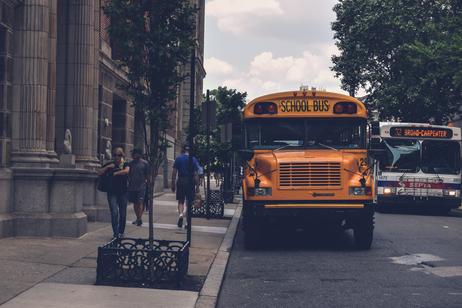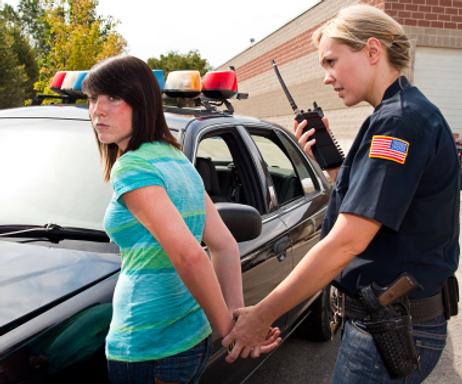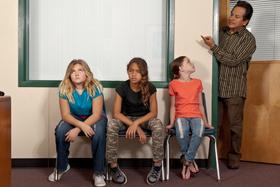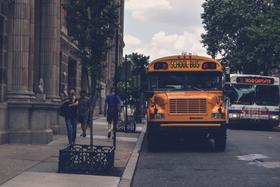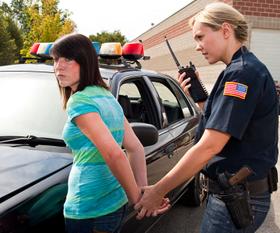With the alarming rise in violence at public schools across the country, zero-tolerance policies have become the norm. In theory, these policies should lead to safer schools, since they offer school administrators the ability to deal with infractions promptly and decisively. However, the practice of zero-tolerance policies is showing significant flaws in the system, and many are demanding reform in the rules that have proven to hurt students more than they protect them in some cases.
The Purpose of Zero-Tolerance Policies
The establishment of zero-tolerance policies began in the 1980s. At the time, these policies primarily dealt with major offenses involving weapons and drugs. The term was first introduced by the Reagan Administration when the President launched his War on Drugs. When the federal government passed the Drug-Free Schools and Campuses Act of 1989, zero-tolerance policies became the law.
According to the Detroit Free Press, zero-tolerance policies expanded with the federal Gun-Free Schools Act of 1994, which mandated that any student caught bringing a gun to school would be expelled for one year or longer. Students accused of violations were also to be referred to local law enforcement agencies. However, it wasn’t long before that zero-tolerance policy was expanded to encompass a host of infractions, from dress code violations to assaults on another student. At that point, many began to question the effectiveness of zero-tolerance policies, particularly in situations where the policy began to override common sense and the best interests of the

